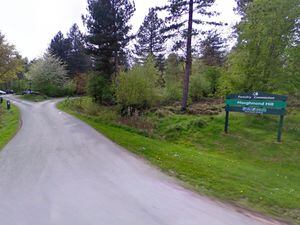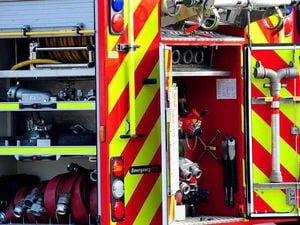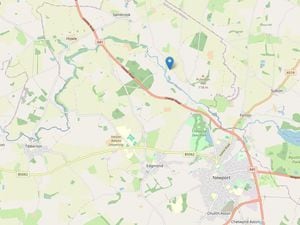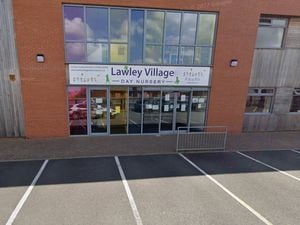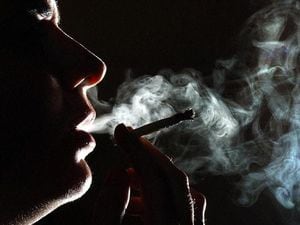Poll: Do you think that police officers should be allowed to wear a burka?
A police force neighbouring Shropshire would consider allowing Muslim women officers to wear a burka, its chief constable has revealed.
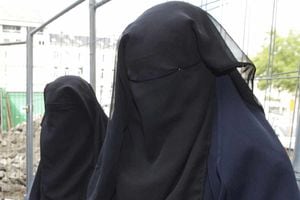
It comes as West Midlands Police prepares to deploy its first hijab-wearing officers as part of a drive to increase the number of staff from black and minority ethnic (BME) backgrounds.
So far, more than 6,000 people have applied for 1,100 new jobs with the force – just a week after the recruitment drive was announced.
West Midlands Chief Constable David Thompson said the force had taken on a small number of Muslim women who have said they want to wear the hijab – a headscarf that covers the head and neck but leaves the face clear – in its latest wave of recruits.
And he said West Midlands Police would look at the possibility of employing officers who wear burkas – which cover the entirety of a woman's body from head to toe – should the situation arise.
"We would need to consider our own rules and cultural sensitivity," Mr Thompson said.
"Clearly we don't have any barriers relating to that (the burka). As it stands we have not had any approaches from potential recruits asking to wear the burka, but if such an approach was made it is something we would have to consider."
The hijab has been integrated as an accepted mode of police attire in many forces in the UK, most recently in Scotland. It was incorporated in the Metropolitan Police's uniform more than a decade ago.
West Midlands Police says alterations can be made to the standard uniform to accommodate some religious requirements, including allowing Sikhs to wear a turban in place of a helmet.
There are currently no serving police officers in the UK who wear the burka.
West Midlands Police is set to employ 800 new officers as part of its recruitment drive.
Bosses are aiming for 30 per cent of the intake to come from BME backgrounds in an effort to make the force reflect the communities it serves. Almost nine per cent of current officers are from BME backgrounds, as are nearly a third of its newest recruits.
The figure is approximately in line with the level of ethnic diversity within the force area, and is better than the national average of 6.4 per cent.
The force has also increased the number of female officers in its ranks, with women accounting for 36.4 per cent of its most recent intake. More than 41 per cent of the workforce are women.

